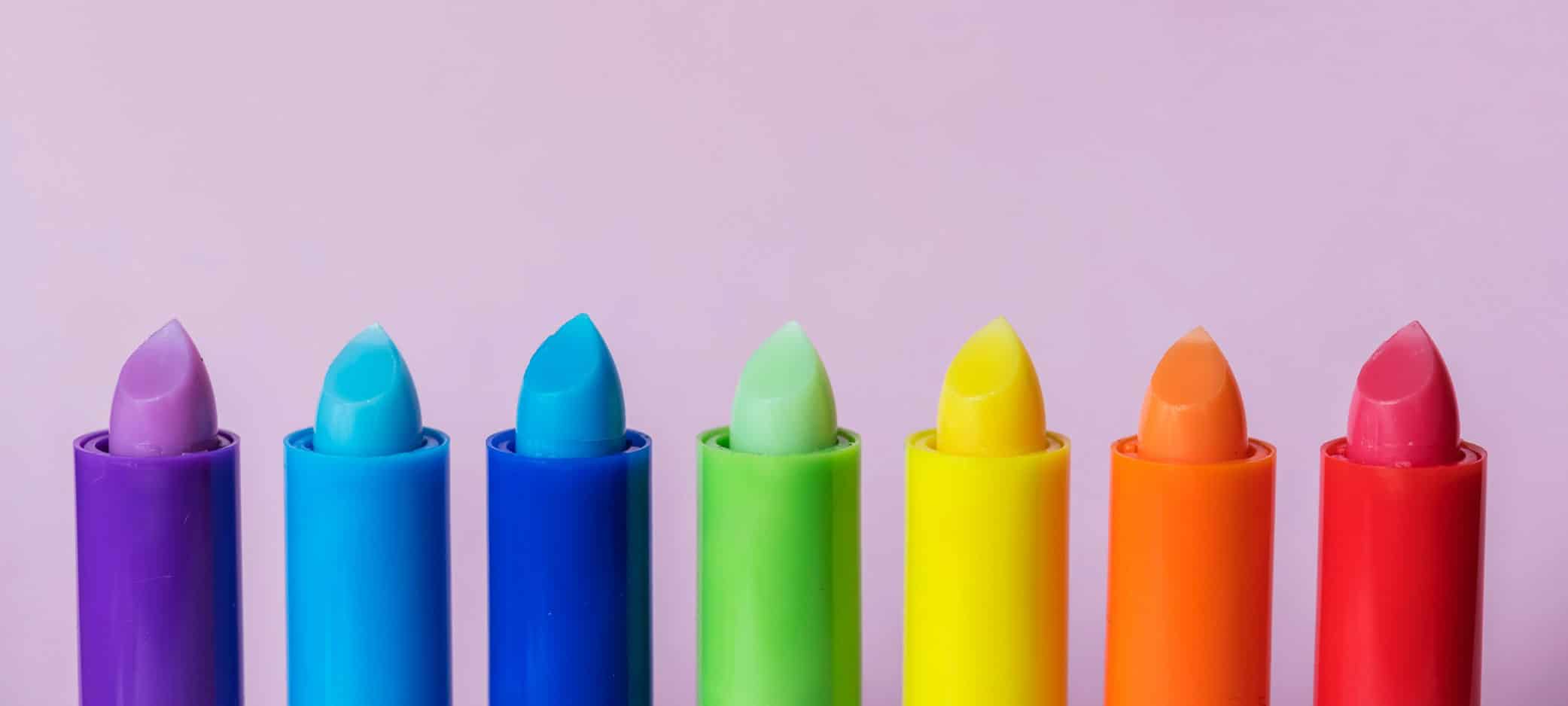In the past two decades, the development of 3D printers has revolutionized the way we make products. The 3D printer was first invented in the 1980’s, but only recently has it been used to successfully manufacture consumer goods. While 3D printers might seem like they only belong in technical industries, the technology is expanding. But just where is it expanding?
For a general answer, everywhere. 3D printers will eventually have capabilities to produce products in every industry. But for now, they are revolutionizing a very unexpected industry: beauty.
Printing Makeup
While printed makeup might sound a little strange at first, several brands have already made leaps and bounds in developing the concept:
- Mink 3D Printer – Created by Grace Choi, this printer can create any shade of makeup imaginable. This printer is made for consumers to use in their homes. It connects to an app on a personal computer and uses a dropper tool to choose any color. The printer then transfers that color onto pre-made powder pods. Instant makeup.
- Adorn 3D Makeup Pen – This portable 3D printing pen uses technology that scans the skin and determines its exact shade. The pen then fills with different pigments to blend foundation to the exact skin tone scanned. Voilà, custom foundation in an instant!
- The Smashbox Custom 3D Printed Lipstick – In 2016, beauty brand Smashbox let consumers choose from 120 different lipstick shades from their #BeLegendary collection. Once they picked their color it was printed on a compact in any desired shape using a 3D printer.
These are just three example of beauty brands using 3D printing. There are many more. The ‘wow factor’ of this technology is a draw for brands. But the benefits go way beyond just impressing consumers with lipstick printed in an unexpected shape.
Countless Beauty Benefits
As shown by the brands who have already dabbled in this technology, the possibilities are limitless. This is especially true when it comes to color. And that is exactly why 3D printing is making waves in the beauty industry. With access to an unlimited color palette, beauty brands can begin to create ultra-personalized products for consumers.
With the ability to create makeup in any shade possible, manufacturers, retailers, and consumers hold a new kind of power.
- The demand for manufacturers is unprecedented, creating a lucrative printing business.
- On the retailer side, 3D printing is a chance for older beauty brands to innovate and personalize to get the attention of younger consumers looking for something unique. It also allows newer beauty brands to keep consumers engaged by staying on top of trends.
- And finally, the consumer feels like the biggest winner of all, as they now have unlimited access to personalization. They can choose to create personalized products through a larger cosmetics brand like Smashbox. They can also choose to invest in personal technology like the Adorn 3D Printing Pen. The power of color is in their hands.
This technology is revolutionizing the way makeup products are produced.
Package Printing
Even though 3D printed lipsticks and eyeshadows might seem as progressive as it gets. Cosmetic packaging is actually where this technology has made its biggest impact so far.
Because advanced technology goes hand-in-hand with 3D printing, pre-printing design capabilities are incredible. Packaging manufacturers have ability to digitally design and test different package models before sending the finished design to the printer.
Technology gives manufacturers this control over the process. So all the elements are perfected by the time the package is made. Costly design flaws and manufacturer errors are nearly eliminated.
Since the process can be made so precise, 3D printing is ideal for creating luxury packaging. During manufacturing, each layer of the chosen packaging material is carefully “printed” or laid down in a very thin sheet. This layering continues until the desired shape is created based on the digital models that were inputted into the printer. Each sheet is placed with laser-accuracy, so the finished packaging is impossibly smooth with sharp, clean detailing. Based on this, it’s no surprise that 3D printing companies, like Malta-based Toly Group, have client rosters full of successful and luxurious beauty brands.
The benefits for 3D printed packaging extend far beyond mere aesthetics. Many companies have found this out for themselves after adapting to the new manufacturing process.
Packaging Benefits
If you have experience in the packaging industry, you probably know that the manufacturing process is not without its complications. Issues of waste, cost and timeliness can be frustrating. As can lack of sustainable options when it comes to production. Companies that have switched to 3D printing have found many of these aggravating issues solved.
Due to the precise digital design process mentioned earlier, problems can be fixed before any packaging is even printed. This saves time, money, and material. No faulty packaging has to be thrown away and reprinted.
Since 3D printing creates products with additive manufacturing – working layer by layer with only necessary material – instead of by subtractive manufacturing – starting with a mass of material and shaping the product from that whole – costly materials don’t end up going to waste.
The entire printing process happens so quickly. Development times are a fraction of what they would be with traditional manufacturing. The efficiency and productivity from 3D printing creates profits that add up very quickly and paying for the equipment many times over again.
Printing for the Environment
It might seem like every possible benefit of 3D printing has already been explored. There is one more advantage that will especially interest the environmentally-friendly.
Currently the material mainly used in 3D printers is a petroleum-based plastic. However, that isn’t the only option for companies looking to make the manufacturing switch.
Innovative companies are developing new biodegradable materials. These sustainable options are better for the earth and for businesses looking to save money. It turns out traditional plastic printing filaments are more costly than the biodegradable filaments.
Along with filaments that break down over time, filaments made from recycled plastic are being developed. Several machine prototypes have already been built and turn recycled plastic into filaments ready to use in 3D printers. The best part is that these machines are relatively simple to use. Many can be operated by consumers in their homes.
The Future of 3D Printing
The future of technology can be both innovative and sustainable. Just a few decades ago, it may have seemed impossible for businesses to print personalized cosmetics for their consumers. Now it is a reality. As companies continue to invest in 3D printing, the possibilities are likely to grow exponentially.
Crème de Mint has specialized in cosmetic packaging design for makeup brands for more than 15 years. Our CPG branding agency knows how to create compelling, craveworthy designs that can help your brand stand out! Book a call today to chat with us about your packaging design.



